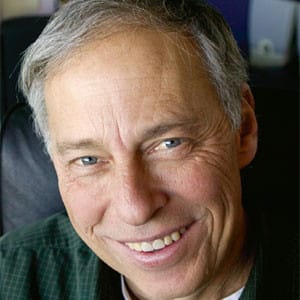Paul McGowan writes:
John Atkinson, editor of Stereophile magazine, made an observation that has me puzzled. Years ago he measured a live performance at London’s Festival Hall to see what actual dynamic range of an orchestra might be. The results were published in the October 1981 issue of Hi-Fi News. He found that the quietest sound, that of a violin, was about 64dB, and the loudest, percussion and bass, about 107dB, unweighted. That’s quite a range, 43dB.
107dB seems loud especially from his seat in Row M (though I can only guess at the distance). We know that sound loses energy with distance. In fact, 6dB is lost for every doubling of it (though the hall’s reflections bring it back up, like a horn amplifies). The distance JA made measurements from the source would make a difference in these numbers–not their ratio–but their absolute values. Which gives one pause as to how loud these instruments are to the performer.
I came to wonder about reproducing these numbers on loudspeakers. Has anyone has made measurements of linearity, distortion, dynamic ability of loudspeakers to play this range of sounds? I did a bit of searching and found very little, My memory doesn’t include any research into this line of questioning.
On the face of it 43dB doesn’t seem like much–even restricted vinyl has more range than 43dB–and 16 bit digital approaches 100dB. Yet few speakers can actually reproduce dynamics without compression. So there seems to be a disconnect in my head (nothing unusual) and so I shall endeavor to unravel some of this mystery. Stay tuned.








When you consider the impact that stored energy has in the time domain it’s no wonder we perceive massive differences in dynamic range yet traditional measurements don’t reveal anything conclusive. Time domain smear (as I call it) raises the noise floor in between the amplitude modulations of the sound source. This effectively compresses the dynamic range. For example if edge diffraction off the baffle causes stored energy which show up in burst decay plots where we find that the amplitude is only down 12 dB after one cycle or period, then to me the speaker only has 12 dB of dynamic range at the frequency where the time smear is occurring. Edge diffraction, higher order harmonics within a horn throat, bass enclosure resonances, mechanical resonances in the diaphragm, all show up as spectral decay anomalies in the time domain measurement. All the while not showing up in frequency response measurements or distortion plots. This phenomenon occurs within the impulse response of the speaker (0-2 milliseconds) and is not related to the room ambient noise unless it’s unusually high.